Which Point of View to use…

The way you approach the angle you choose to take with your book is a huge one, so don’t worry if you have found yourself on this page looking for some advice. Deciding between first, second or third person is a decision that all writers face and is one to be considered carefully. It not only determines the ways in which the author sees the story but more importantly, how your readers are going to connect with the characters.
It all depends on the style you want your book to have. The obvious use of first person is so the reader feels connected with the writing’s voice, thus forming a close relationship and bond. However there are other options that can be taken here if you are feeling unsettled with the prospect of first person.
For instance, the use of third person omniscient
-yes, there is more than just the one ‘third person’…there is actually a few. You’re probably familiar with the standard third person narrative, but this one is slightly different in the sense that although it still uses character names, he/she/it, it enables the writer to know EVERYTHING. The narrator isn’t limited to just one mind or one characters thoughts, but in fact to all of them. They are able to get inside the mind of anyone in the story, allowing the writer to reveal all characters feelings/thoughts/emotions and so on, whenever they deem necessary. This technique of approaching the narrative is arguably stronger at connecting with the reader as it opens up all the characters to form a bond with the reader. As opposed to just through the single character with the first person point of view.
In contrast to this, third person limited
only exposes you to one individual’s thoughts (like first person). This is used in the Harry Potter saga. For example, J.K.Rowling, although always referring to him as Harry, and never with first person narrative (‘I’) allows us into his world through his thought progression. We learn this through his interactions with others and through his mind-set and opinion. The reader only knows of other characters through him and this therefore influences their own opinions on other characters. However this technique does not always have to be used just with the main character. Take The Great Gatsby by F.Scott Fitzgerald for example, told by Nick Carraway. This is a different way of revealing traits and such of the main character as it leaves an air of mystery about them. We see Jay Gatsby through Nick’s eyes and learn of the character this way, instead of through Jay directly.
Second person narrative
is the one most people, in fiction and non-fiction writing have a tendency to stay away from. Obviously we know it to be most commonly used in instructional writing, however it can also be a good tool of placing the reader inside the writing. For example, take these sentences:
‘You walk slowly through the thick summer grass. You feel it prickle at your ankles, leaving faint red marks that itch slightly as you pass. You hear the wind shake the leaves on the trees and the distant hum of the ice cream vans engine as it sits in wait. You hesitate at the cold touch as it brushes your lips, the soft scent of vanilla lingering on your nose.’
Do you feel involved? As if the reader is placing you in the text?
Presuming the answer is yes, and therefore demonstrating how although second person is rarely used, it is actually a great device of connecting with the audience and giving them a sense of importance and significance. Give it a go in your work if you’re feeling like you need a change!
Written by Shannon McGinty

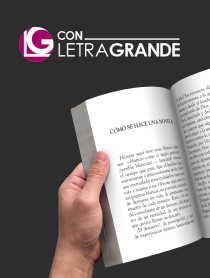
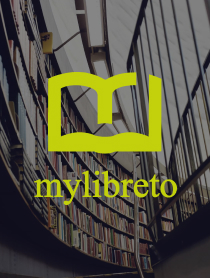
 19 / April / 2017
19 / April / 2017 



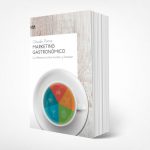
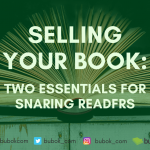





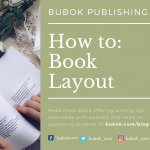

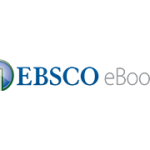

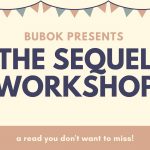









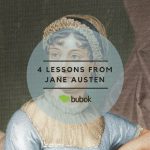










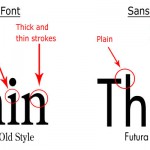


 Recent Comments
Recent Comments
